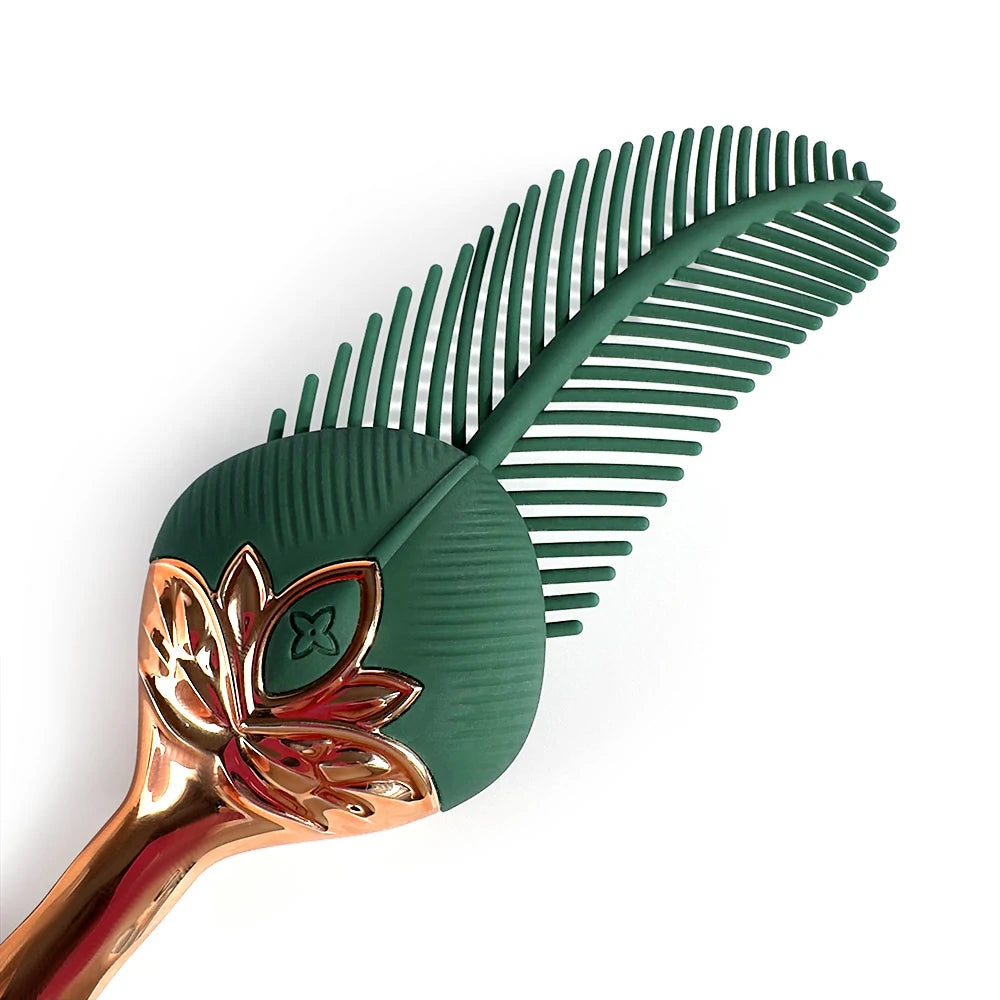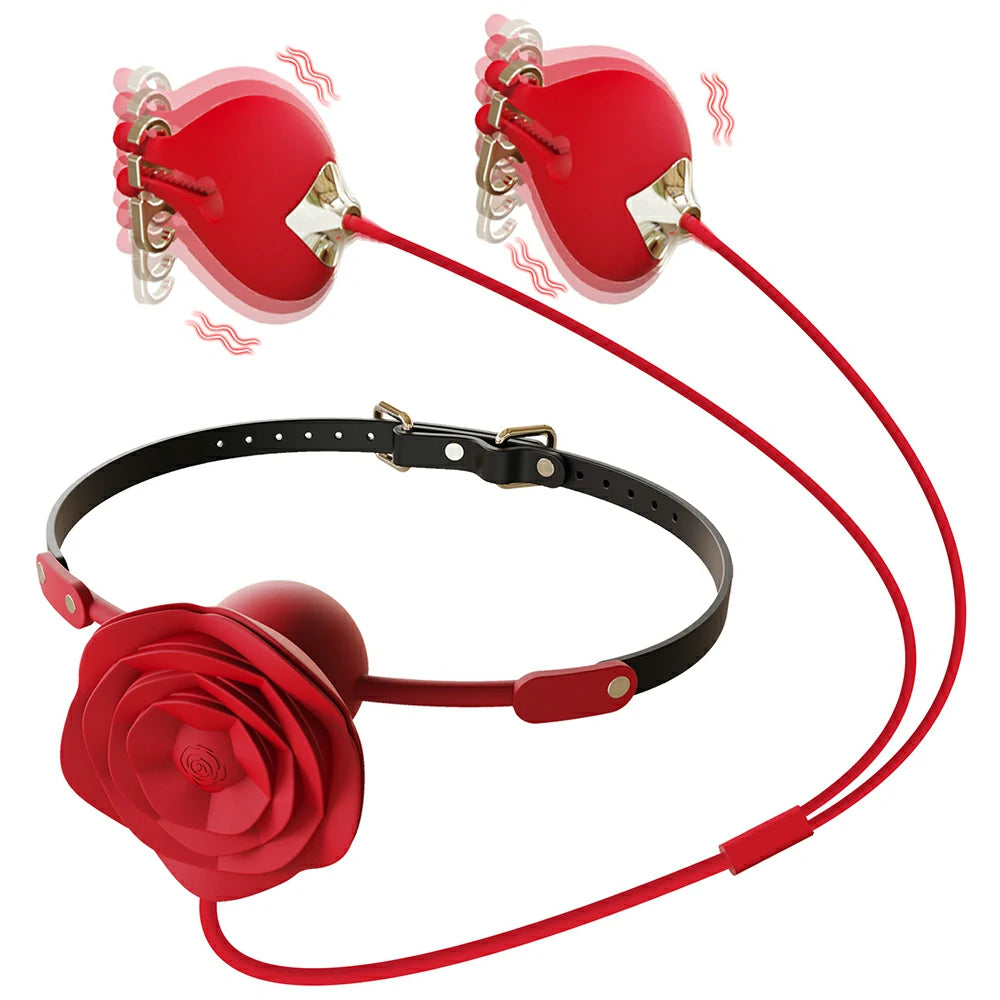Why Do We Love to be Tickled? The Unexpected Pleasures of This Peculiar Sensation
Recently, researchers at the Institute of Pathophysiology at the University of Mainz Medical Center conducted a comprehensive analysis on how adults utilize tickling in their sexual activities.
While most people simply laugh when tickled, some individuals experience intense sexual arousal from tickling or being tickled. This sexual preference is known as "tickling fetishism."
In 1987, psychologists Stanley Hall and Arthur Allin distinguished two main types of tickling:
▨ Gargalesis - Vigorous tickling that can elicit strong laughter and uncontrollable bodily reactions from the tickled person.
▨ Knismesis - A more mild and subtle form of tickling, triggered by light touch or movement on the skin, akin to the sensation of insects crawling, that does not necessarily induce laughter.
Research has shown that tickling is a popular form of foreplay among both male and female participants. The researchers recruited 719 participants on social media who potentially had a tickling fetish, and over two-thirds of them reported that tickling holds sexual connotations for them.
Overall, 77.4% of participants reported being ticklish, with 44.1% enjoying both light and intense tickling. 45% said they could achieve sexual satisfaction without being tickled. On the other hand, nearly a quarter stated they must experience tickling to reach orgasm.
Gender-based analysis revealed that females tend to be more ticklish and prefer milder forms of tickling.
The vast majority of participants (99.7%) used their hands as the primary tickling tool, with other implements like feathers, tongues, and brushes also employed.
Intense tickling was mainly concentrated on the feet, armpits, torso, and abdomen, while light touches were distributed more evenly across the body, including the back, neck, ears, genitals, and arms.
Regarding the origins of "tickling fetishism," participants reported that exposure to tickling scenes in media (e.g., Teenage Mutant Ninja Turtles, Popeye, Kiki's Delivery Service, Lupin III) and on social media was a key factor (51%). Childhood experiences of being tickled were also commonly cited as the starting point for developing a tickling fetish (42.2%).
Among the participants, 35.8% considered themselves to be the ticklee, 29.8% the tickler, and 34.4% enjoyed both roles. Ticklers seem to derive more pleasure from the experience compared to those being tickled.
Ticklees primarily reported the physical sensations and bodily reactions of being tickled as the main sources of their sexual arousal (89.4%). Additionally, a sense of helplessness, submission, and anticipation of being tickled were also seen as important arousal factors.
For ticklers, the main sources of excitement were observing the tickled person's physical reactions, followed by their vocalizations and the sense of power gained through tickling.
As researcher Shimpei Ishiyama noted, "Tickling is an intimate activity that requires a certain level of mutual trust and can also serve to connect individuals.














